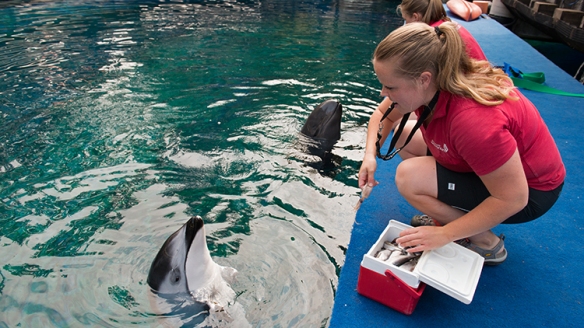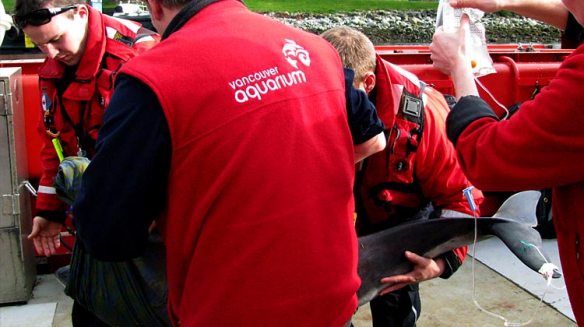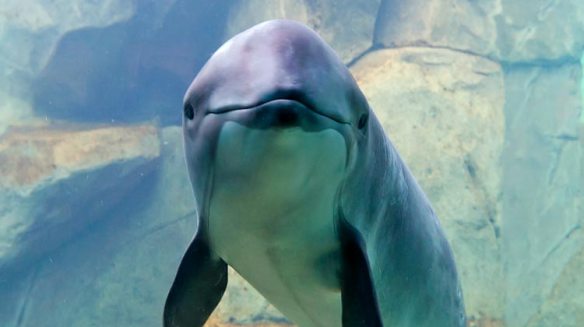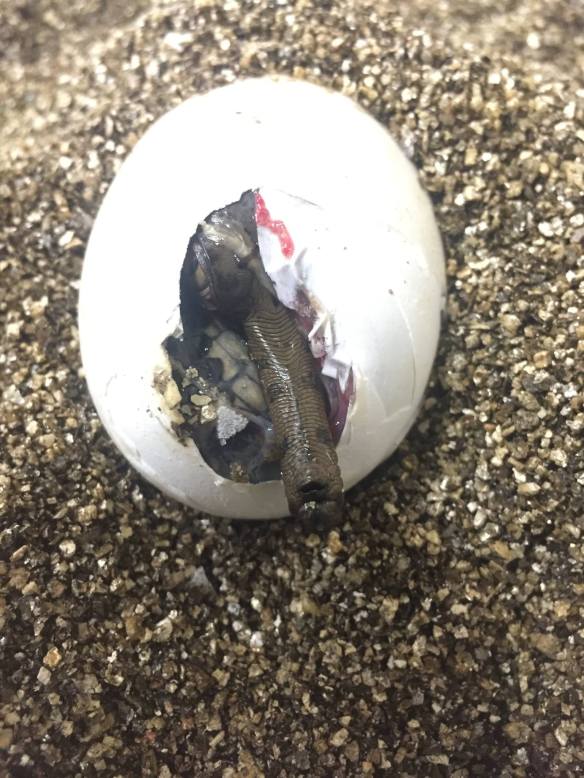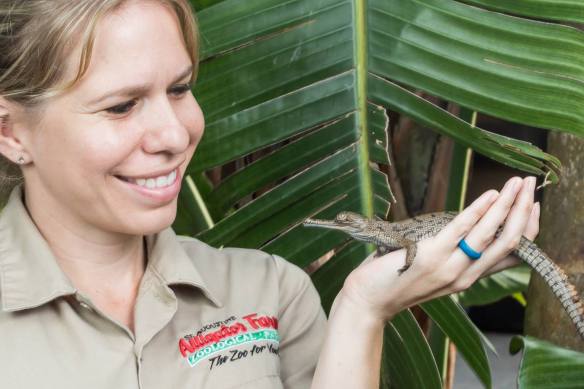Recently, you may have seen that sources like the Washington Post, The Guardian, and IFLScience published stories about a book released by a Canadian photographer who traveled across Europe photographing animals in zoological facilities. Now, I won’t speak out against said book as I have not read it and, therefore, it would be improper of me to do so.
However, I will speak about some of the images found in the aforementioned articles. More importantly, I’m going to ask you to think critically about them and this situation. So take a moment to click on the links above and glance over the some of the images we’ll discuss.
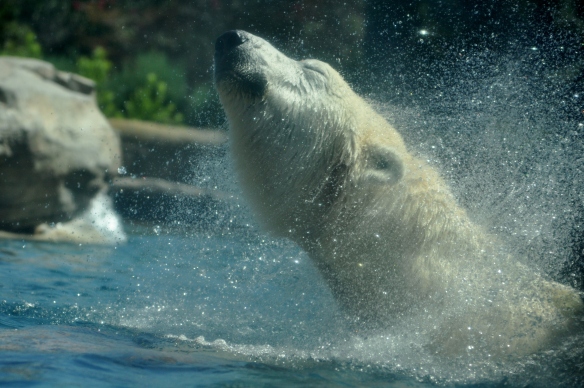
Photo of a polar bear playing in its beautiful exhibit at the San Diego Zoo to start us out on the right note.
Okay, ready? Good.
If the articles and interviews promoting the book are any indication, the photographer has published a biased, one-sided view of the life of animals in human care. At first glance, most of the photos seem haunting, telling of a captive animal’s endlessly depressed state, complete and total lack of stimulation, or inadequate living environment.
Judging from comments via social media, some members of the public were, in fact, disturbed by the images. But, I am here to remind you that while the saying goes, “A picture is worth a thousand words”, what is not pictured is worth at least twice as much.
I’ll start by reminding you that the images captured and featured in these articles only display a fraction of that animal’s day.
According to the ever-reliable internet, a standard DSL camera can take a picture in roughly 1/8000th of a second. That means that each image captured and featured portrays exactly 0.000125 seconds of that animal’s day (PS. That’s WAY faster than a human being even And being that there are over 86,000 seconds in a day, each photo portrays a negligible percentage of not only that animal’s day, but also an infinitely tiny, microscopically minuscule fraction of the animal’s lifetime.
I could keep going with all of the mathematics, I suppose, but instead of boring you, I’ll encourage you to ask yourself: What happened during the rest of the day?
Is the reason the jaguar is right in front of the glass because his keepers put scent enrichment on the window to stimulate his olfactory senses?
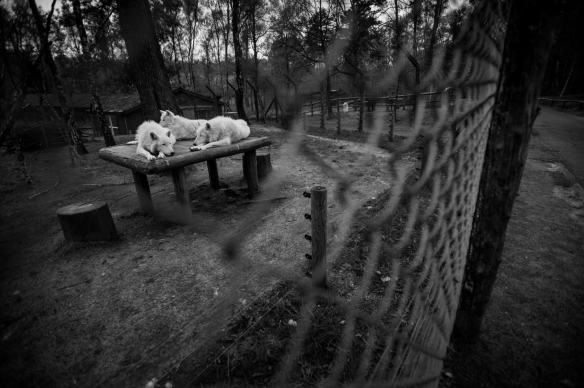
(This image was featured in article by the Washington Post. Photo credit to JoAnne McArthur/Born Free Foundation)
Are these three arctic wolves lazily laying on their platform because they just spent an hour scouring their exhibit for the pieces of food their caretakers painstakingly placed in order to encourage foraging behavior?
When the dolphin in The Guardian article finished the interaction with the guests, was he or she given his or her favorite toy for the rest of the afternoon?
Now, I can almost hear some of you screaming at me, “You’re just making that up!” So, let me say that I understand that there is no proof that these things took place. But, while I have no proof that it did happen, you have no proof that it did not. These activities are absolutely possibilities being that zoos accredited by the Association of Zoos and Aquariums are required to provide animals in their collections.
So, this is where I am asking you to think critically.
If I had taken a picture of you at 3:43pm today, what were you doing during that minute? Were you sitting at your desk? Were you mowing the yard? Were you napping on the couch to the drone of a television? Is what you were doing at 3:43pm today an accurate representation of your entire existence? Is it the only activity you ever do?
No.

It is not accurate to assume from this photo that this is the only behavior that this woman ever displays. Nor is it accurate to assume this is the only location in which she spends time. (photo from health.usnews.com)
Just because you were creating an Excel spreadsheet during that moment, does that inherently mean that you did not play video games at some other point during the day?
If you were mindlessly scrolling Facebook at the time, does that mean that you never play catch in the backyard with your son or daughter?
Were you biting your nails out of boredom? Does that mean you are never entertained by or interested in any other activity?
Regardless of who you are or what you were doing, the behavior you displayed at 3:43pm this afternoon is not a reflection of your existence as a whole.
Now, ask yourself: Why?
Why are the lechwe antelope from the Washington Post article indoors? Are you sure that this where they are kept all of the time? Or were they moved inside temporarily while their exhibit was renovated? Do they have access to an outdoor habitat as well as the one pictured so they have a choice between the two? Is it winter and the temperature outside is currently unsuitable for them? Were they moved inside to wait for a storm to pass? All are viable and realistic options.
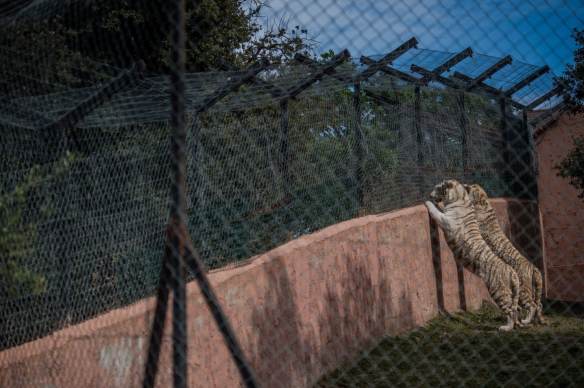
(This photo was featured in the Washington Post. Photo credit to JoAnne McArthur/Born Free Foundation)
Why are the tigers in this French zoo peering out of their exhibit on their tiptoes? Was this photo taken first thing in the morning when the keepers are bringing them their breakfast? Is it all of a sudden disgraceful for a carnivore, or any individual animal or person for that matter, to look forward to eating? If so, I know some humans that should be very worried. Are their keepers bringing them a new toy and they can see them approaching? Is their excitement and anticipation disgusting? If it is, I guess we humans can’t be enthusiastic toward Christmas anymore.
Here’s one that I’m going to throw into this category because I have your attention and for the life of me I do not understand this: Why is it that every couple of years a photo of an animal sleeping at a zoo goes viral and is labeled as ‘depressing’? WHY???
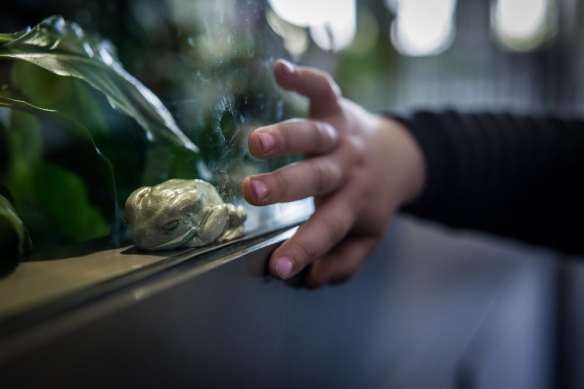
(This photo was featured in The Guardian. Photo credit to JoAnne McArthur/Born Free Foundation)
Why is it that an image of a sleeping tree frog is meant to be ‘haunting’? Animals sleep no matter where they live. Lions sleep on the plains of Africa. Seals sleep near the shores of Maine. Tapirs sleep in the jungles of Malaysia. And, yes, they sleep in zoos too.
This is literally a fact: animals sleep.
If I take a picture of your dog sleeping at the foot of your bed, I have no evidence that your dog is not properly cared for. I only have evidence that he or she sleeps. That’s not profound. Neither is your picture of a sleeping walrus.
There. Now that it’s been discussed, ask yourself a tough one: Am I seeing only what they want me to see?
In what way could I have been manipulated into thinking worse about a situation?
The oldest trick in the book is to change a colorful image to that of only black and white. We as humans naturally associate bright colors with happiness and joy, but associate dull or dark shades and shadows with sadness or dreariness. What would the image look like if it had not been doctored?
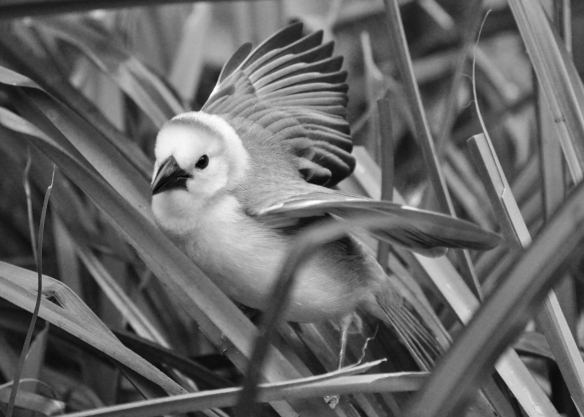
It took me all of twenty seconds to add a black and white filter to this image to make this little bird’s life look less vibrant.
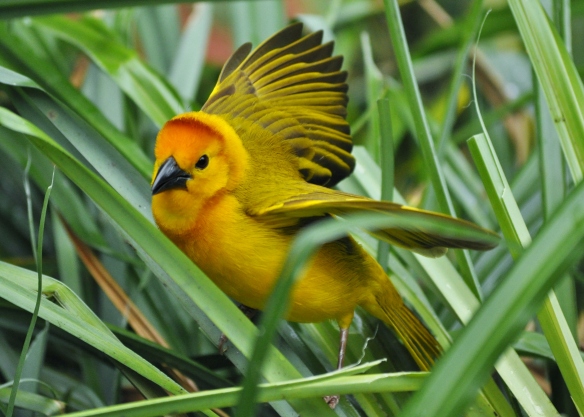
This is the original image I took of a weaver at home in a free-flight aviary at the Woodland Park Zoo in Seattle.
Another favorite used by anti-zoo propagandists is simple: cropping and framing. What was going on outside of what the photographer published? Just because only one animal is in the frame, does not mean he or she was the only one in the exhibit. And just because you can’t see them, doesn’t mean there weren’t toys in the environment. Though it might not be included in the image, you cannot prove that there is no fresh water or food for the animal to drink and eat. Even amateur, Instagram-only photographers show solely what they want their audiences to see.
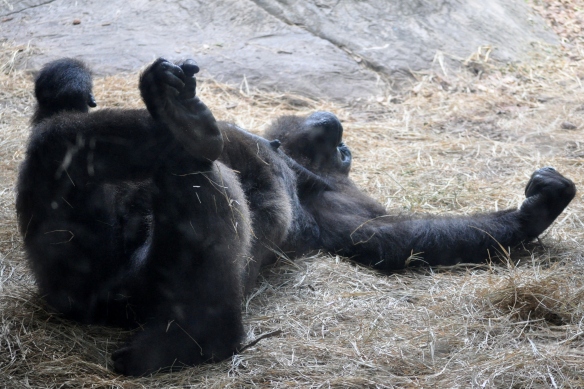
First of all- this gorilla is SLEEPING on some kind of straw substrate. That is all this image shows. It does not speak to the well-being of this gorilla, the adequacy of the exhibit, or the number of animals that accompany this individual. Just around the corner, in fact, in this several-acre exhibit, the rest of the troop foraged for food. The pictures below were taken within just a couple minutes of the picture above at AZA-accredited Busch Gardens in Tampa, FL.
I write this post not to shame this photographer, not to blindly defend these zoos from which the images originated, nor to stop you from raising questions about animals in captivity. I say this to remind you that anti-zoo propaganda is often manipulative and without balance. It is also nothing new and will happen again.
Don’t get me wrong, zoos are not perfect entities. And the people who work with animals in zoos know that. That’s why they’re constantly striving toward being better tomorrow than they were today.
What is often left out of the anti-zoo sentiment is that modern zoos dedicated to rescue, education, and conservation deserve a lot of praise. Species like the Przewalski’s horse, black-footed ferret, California condor, and more would be extinct without them. Hundreds of individual manatees, thousands of pinnipeds, and hundreds of thousands of birds have a second chance at life because they were rescued and rehabilitated at zoos. Every year, zoos donate millions of dollars to conservation projects around the world to try to ensure a future for endangered species. Scientists and researchers are even working with zoos to try to salvage functionally-extinct species through groundbreaking scientific techniques.
If you believe the public should have the opportunity to learn about animals, that individual animals deserve a second chance after injury or illness, and that the extinction of entire species is not an acceptable option, then don’t let these images fool you.
If you believe these things, you are a supporter of zoos.
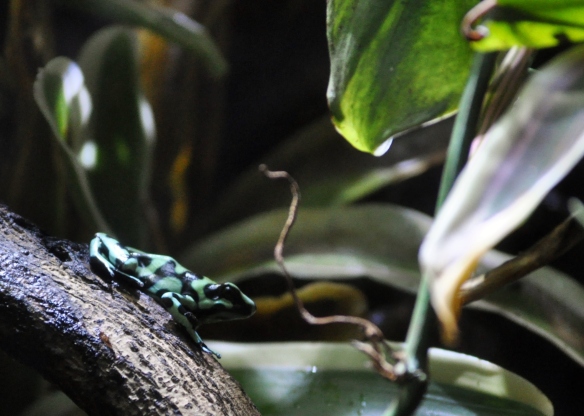
.
.




